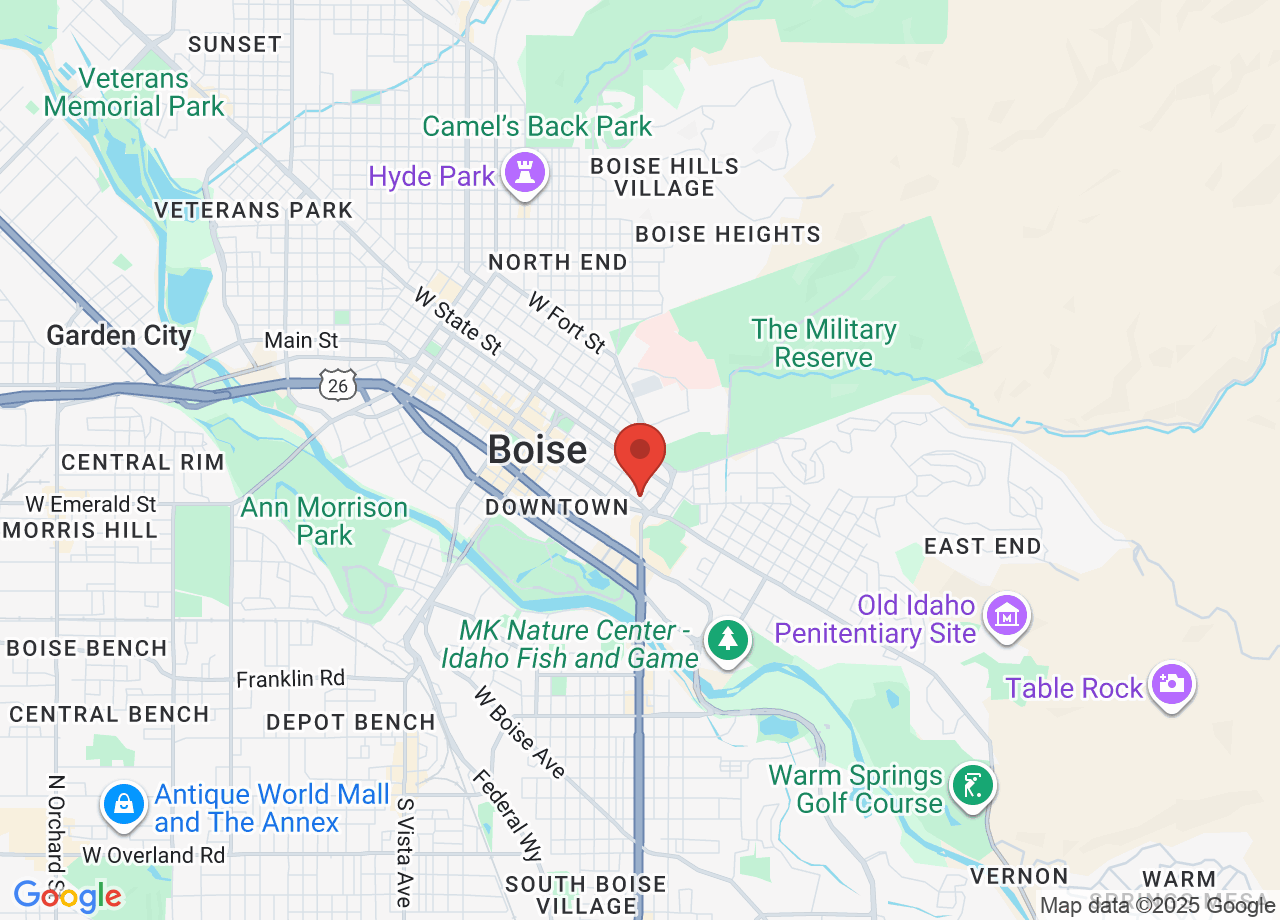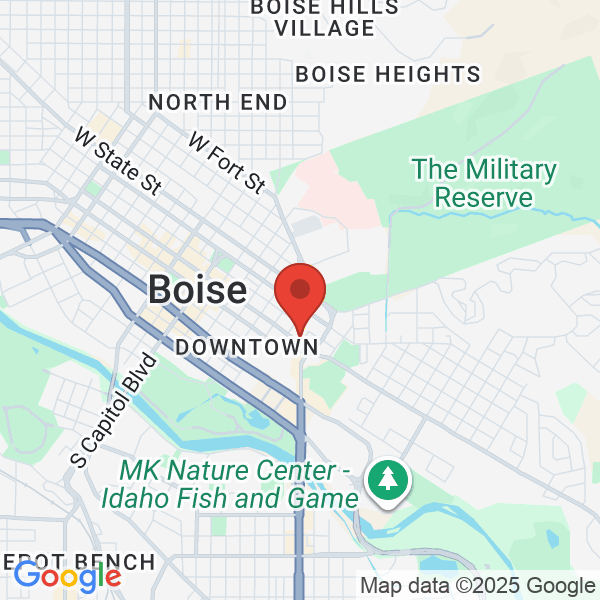Treating the Effects of Goldenhar Syndrome
Understanding the condition your child is suffering from is the first step to getting them the proper treatment. Hemifacial Microsomia is a congenital disorder that affects the development of half of the face typically affecting the eye, ear, mouth, cheek bone, and jaw. When this condition is accompanied by symptoms such as spine deformities or narrowing of the eye, it is referred to as Goldenhar syndrome, which is much rarer. Dr. Russell H. Griffiths is a board-certified plastic and reconstructive surgeon who can apply his artistic eye for detail and his passion for helping his patients to provide the most natural-looking results possible. Our entire staff in Boise, ID, is dedicated to providing the support you and your child need throughout this process.
What is Hemifacial Microsomia?
Hemifacial Microsomia is a condition in which the tissue on one side of the face is underdeveloped, affecting the ear, mouth, eye, and jaw. Hemifacial Microsomia is also known as brachial arch syndrome, oculo-auriculo-vertebral spectrum, or lateral facial dysplasia. Sometimes both sides of the face can be affected which can be confused with Treacher Collins Syndrome.

What are the Symptoms of Hemifacial Microsmia?
Hemifacial microsomia and Goldenhar syndrome manifests themselves in degrees ranging from nearly unnoticeable to extremely severe. The classic symptoms of Hemifacial Microsomia include:
- Underdevelopment of the jaw on one side (micrognathia) with associated tilting of the occlusal plane higher on the affected side
- Underdeveloped cheekbone on the affected side
- Underdeveloped or deformed outer ear (microtia)
- A missing or undersized ear canal (congenital aural atresia)
- Underdevelopment of the eye and eye socket
- The hairline grows lower near the microtia ear remnant
- The corner of the mouth is larger on the affected side (lateral oro-facial cleft)
- In more severe forms of hemifacial microsomia, the ear remnant is on the cheek rather than by the sideburn
What is Goldenhar Syndrome?
Goldenhar syndrome is essentially the same as hemifacial microsomia but has four additional characteristics.
Additional symptoms of Goldenhar syndrome include:
- A soft white or yellow nodule located in the eye (epibulbar dermoid)
- A narrowing of one eye
- Anomalies of the spine (most typically cervical vertebrae deformities)
- Notched eyelids
What are the Causes of Hemifacial Microsomia?
Hemifacial microsomia and Goldenhar syndrome are found to occur from 1 in 3,500 to 1 in every 5,600 births. They usually occur sporadically (occur by chance) and are not believed to be caused by anything a parent did or did not do. If you or your spouse have either hemifacial microsomia or Goldenhar syndrome your chance of passing it on to one of your offspring is less than 3%. If you have been given the diagnosis of bilateral hemifacial microsomia (affecting both sides of your face) Dr. Griffiths recommends meeting with a geneticist because bilateral hemifacial microsomia can occasionally be confused with a mild form of Treacher Collins syndrome (which can be inherited).
How Can Dr. Griffiths Help Your Child?
Children with hemifacial microsomia have additional challenges associated with deficiency of soft tissue including skin, fat and muscle on the involved side as well as deformity in the mandible (lower jaw) and compensatory deformity of the maxilla (upper jaw). As a craniofacial surgeon Dr. Griffiths is well equipped to treat each of these deformities depending upon the individual needs of your child including the latest techniques in orthognathic surgery, osseous distraction and microfat grafting.
Ear reconstruction can be carried out on patients with hemifacial microsomia but Dr. Griffiths has to pay special attention to the individual physical examination findings of each patient. He has to work with a lower hairline, a deficiency of soft tissue, a lower ear remnant (often located on the cheek), and an underlying skeletal abnormality. He often counsels patients and parents to expect slightly less refined results in comparison to the results that can be achieved for a patient without hemifacial microsomia.
Dr. Russell H. Griffiths is a board-certified plastic and reconstructive surgeon who can apply his artistic eye for detail...to provide the most natural-looking results possible.
If you look at the photos below you can identify the preoperative skeletal and soft tissue deficiencies listed above. In this young boy, you will notice his new ear is slightly lower. This is because his microtia ear remnant (which is used to make the earlobe) was located low on his cheek and Dr. Griffiths placed the framework in the best position possible given his significant soft tissue and bone deficiency. You will also notice that his new ear is slightly larger. Dr. Griffiths used a Medpor framework for this boy which needs to be a little larger than his normal ear which will grow a small amount over the next few years.




Notice on this teenager the soft tissue and skeletal deficiencies listed above. You will notice the scars on her right cheek that remain after her microtia ear remnant was moved back to fit on the bottom of her framework. This patient will undergo jaw surgery in the future to lengthen her right mandible, level her occlusal plane and shift her chin to her facial midline once her pre-surgical orthodontics are complete.
Dr. Griffiths can provide you with his expert opinion on your surgical options after he examines your or your child’s deformity. If you live a great distance or live out of the country you can choose to have a video conference with Dr. Griffiths.
Will My Insurance Cover Treatment?
Our team is dedicated to helping your child receive the care they need. We have assisted many patients with filing their insurance for maximum coverage.
Resources for Parents
- Goldenhar Syndrome Support Network
- The National Craniofacial Association, “Goldenhar Syndrome.”
- Goldenhar Family Support Group (UK)
Honest, Exceptional Care
Dr. Griffiths is personally invested in helping as many patients as possible. As such, he accommodates the needs of both local and out-of-town patients to ensure that they have the opportunity to receive the best care available to treat their condition. If you are interested in learning more about our treatment options for hemifacial microsomia or Goldenhar syndrome, contact us online today.
ContactOur Staff
“My son is experiencing a happiness and a confidence that I have never seen before. You have taken away a big, big hurt...Thank you for making my son happy.” Michael, Father of a Former Patient

